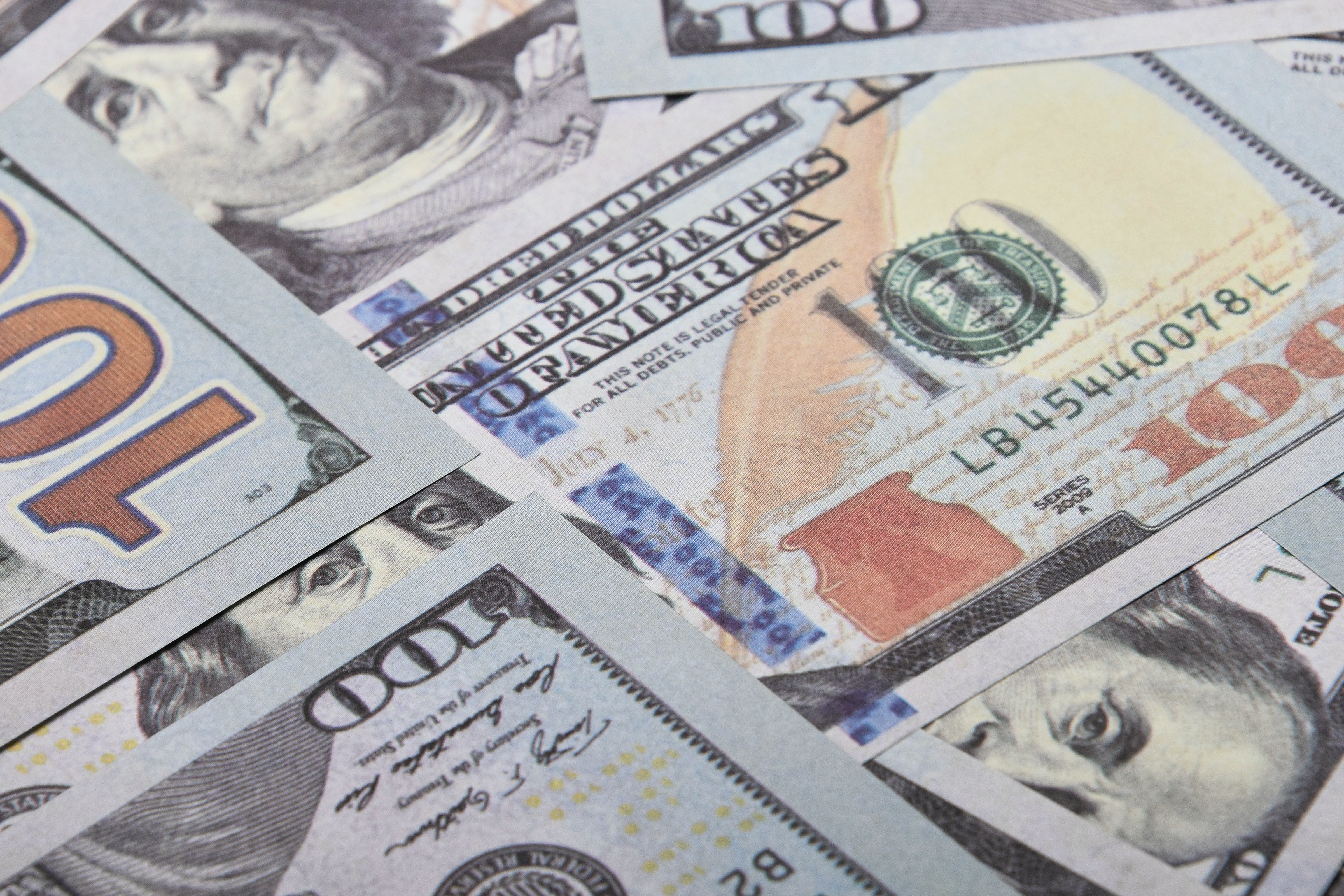Clearing Up the Confusion: Understanding Fees, Taxes and Security When Sending a Large Amount of Money to the Philippines
GPT_Global - 2024-03-14 18:30:10.0 662
What fees are associated with sending a large amount of money to the Philippines?
If you are looking to send a large amount of money to the Philippines, there are certain fees that you will need to keep in mind. As with any international remittance, there are various costs associated with sending a large sum of money overseas. These fees can vary depending on the remittance service provider and the method you choose to use.
One fee that you will likely encounter is a transfer fee, also known as a transaction or remittance fee. This is a flat fee charged by the remittance service provider for processing your transaction. The amount of this fee can vary but tends to be higher when sending larger amounts of money. Some providers may charge a percentage of the total amount being sent, while others may have a fixed rate.
Another fee to consider is the exchange rate. When transferring money to the Philippines, the remittance service provider will convert your currency into Philippine pesos. Depending on the current exchange rate, you may end up losing some money in the process. It is important to compare exchange rates between different providers to find the best deal.
Some remittance services may also charge a receiving fee, which is a fee charged by the recipient's bank to process the incoming transaction. This fee is typically a small percentage of the total amount being received and can vary from bank to bank.
If you are sending a large sum of money, you may also want to consider using a bank-to-bank transfer. While this may have higher fees compared to other methods, it offers added security and convenience, as the money is directly transferred from one bank account to another.
Lastly, be aware of any hidden fees that may not be explicitly stated. These can include additional charges for urgent transfers or for using certain payment methods. Make sure to read the fine print and ask the remittance service provider about any potential extra fees before making your transfer.
Sending a large amount of money to the Philippines can come with various fees, but by knowing what to expect and comparing rates between different providers, you can find the most cost-effective option for your needs.

Can I use a credit card to send a large amount of money to the Philippines?
Sending money to the Philippines can be a daunting task, especially if you need to send a large amount of money. While there are various methods of remitting money to the Philippines, using a credit card may seem like a convenient option. However, it is important to understand the process and any potential fees associated with this method.
Firstly, it is possible to use a credit card to send money to the Philippines. Many remittance companies offer this service, allowing you to transfer funds directly from your credit card to a recipient in the Philippines. This can save you the hassle of going to a physical remittance center or bank to send the money.
Using a credit card for remittance also offers the benefit of convenience. As long as you have a valid credit card and internet connection, you can send money to the Philippines anytime and anywhere. This is especially useful for emergencies or last-minute transactions.
However, it is important to note that using a credit card for remittance may come with additional fees. The remittance company may charge a processing fee for using a credit card, which can significantly increase the cost of your transaction. Additionally, your credit card provider may also charge a foreign transaction fee for sending money to the Philippines.
In conclusion, while it is possible to use a credit card to send a large amount of money to the Philippines, it is important to consider any potential fees associated with this method. It may be more cost-effective to explore other options such as bank transfers or online money transfer services. Ultimately, it is best to compare different remittance methods and choose the one that suits your needs and budget.
Are there any tax implications when sending a large amount of money to the Philippines?
Sending a large amount of money to the Philippines can have tax implications for both the sender and the recipient. Whether you are using a remittance service or transferring the funds directly, it is important to be aware of any potential taxes that may apply.
For the sender, some countries have tax laws that require individuals to report any foreign financial transactions over a certain amount. This means that if you are sending a significant sum of money to the Philippines, you may need to declare it to your local tax authority. Failure to do so could result in penalties or fines.
Additionally, some remittance services may charge a fee for sending large amounts of money. These fees can vary depending on the amount being sent and the method of transfer. It is important to compare the fees and rates of different remittance providers to ensure you are getting the best deal.
On the recipient's end, the Philippines has a tax on incoming foreign remittances called the Documentary Stamp Tax (DST). This tax is 0.05% of the total remittance amount and is deducted from the recipient's account upon receipt of the funds. The DST is applicable to all types of remittances, including bank transfers and cash pick-ups.
However, there is an exemption for remittances sent for educational or medical purposes, as well as for gifts below a certain amount. Make sure to check with the remittance provider or the Bureau of Internal Revenue in the Philippines for more information on these exemptions.
In conclusion, it is important to consider the tax implications when sending a large amount of money to the Philippines. Make sure to do your research and consult with a tax professional if needed to ensure that you are complying with all tax laws and regulations.
How do I ensure the security of a large money transfer to the Philippines?
Sending a large amount of money to the Philippines can be a daunting task, especially when it comes to ensuring its safety and security. As a remittance business, it is our responsibility to guide and assist our customers in this process. Here are some important tips to follow to ensure the security of a large money transfer to the Philippines.
1. Choose a trusted remittance service provider - The first step in ensuring the security of your money transfer is to select a reputable and trusted remittance service provider. Do your research and read reviews to find out which companies have a good track record for safely and efficiently transferring money to the Philippines.
2. Verify identity of recipient - Before sending a large sum of money, it is important to verify the identity of the person who will be receiving it. Make sure to ask for relevant identification documents such as a government-issued ID or passport to prevent fraud and ensure that the money goes to the intended recipient.
3. Use secure channels - When making a large money transfer, it is best to use secure channels to mitigate the risk of cyber threats and hacking. This could include online banking portals or wire transfer services that have strong encryption protocols to protect your personal and financial information.
4. Keep records of the transaction - It is crucial to keep records of the transaction, including receipts and reference numbers. This will come in handy in case there are any issues or discrepancies with the transfer, and will serve as proof of the transaction.
5. Consider using a money transfer service with insurance - Some remittance companies offer insurance for money transfers, which adds an extra layer of protection for your funds. In case something goes wrong during the transfer, you can claim compensation for any losses incurred.
By following these simple yet important steps, you can ensure the security of your large money transfer to the Philippines. Remember to always be vigilant and cautious to protect your hard-earned money and have a peace of mind knowing that it will reach its intended destination safely and securely.
Are there any foreign exchange fees when sending a large amount of money to the Philippines?
When sending a large amount of money to the Philippines, one might wonder if there are any foreign exchange fees involved. The answer to this question depends on the remittance service being used and the currency being exchanged.
Firstly, it is important to understand that foreign exchange refers to the process of converting one currency into another. This is necessary when sending money abroad as the recipient may not use the same currency as the sender. For example, if someone in the United States wants to send money to someone in the Philippines, their USD will need to be exchanged for Philippine Pesos (PHP) before reaching the recipient.
Some remittance services may offer a fixed foreign exchange fee, while others may charge a percentage of the total amount being sent. It is important to compare various remittance options and their fees to ensure you are getting the best deal.
In addition, some banks or financial institutions may also charge fees for foreign exchange transactions. This can add additional costs to the overall remittance process. Therefore, it is important to research and understand any potential fees that may be incurred before making a large money transfer.
Another factor to consider is the current exchange rate between the two currencies. This rate can fluctuate daily and may affect the final amount received by the recipient. It is advisable to monitor the exchange rate and time the transfer accordingly to get the best possible rate.
In conclusion, there may be foreign exchange fees involved when sending a large amount of money to the Philippines. It is important to research and compare remittance services and their fees, as well as monitor the exchange rate, to ensure the most cost-effective transfer of funds. By doing so, you can avoid any unexpected fees and save money on your remittance transactions.
About Panda Remit
Panda Remit is committed to providing global users with more convenient, safe, reliable, and affordable online cross-border remittance services。
International remittance services from more than 30 countries/regions around the world are now available: including Japan, Hong Kong, Europe, the United States, Australia, and other markets, and are recognized and trusted by millions of users around the world.
Visit Panda Remit Official Website or Download PandaRemit App, to learn more about remittance info.



